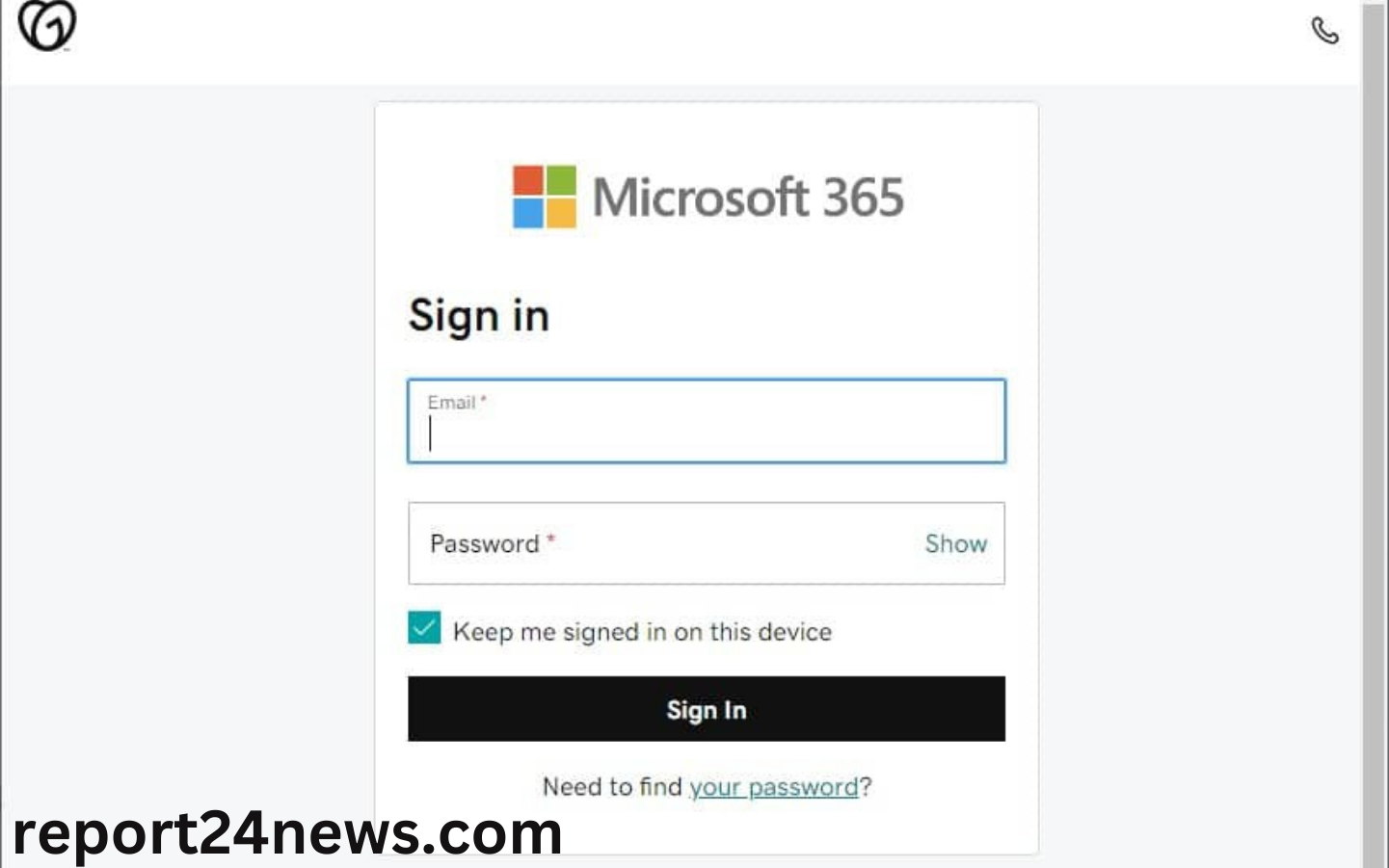The digital landscape is constantly evolving, and with it comes the increasing need for robust security measures. For businesses using Office 365, protecting login credentials has never been more crucial. Your office 365 login serves as a gateway to sensitive information, collaborative tools, and vital communications. A compromised account can lead to data breaches that may jeopardize not just your business but also your clients’ trust.
As cyber threats grow in sophistication, so must our defenses. Understanding the importance of strong login practices is essential for maintaining a secure environment. Whether you’re an IT manager or a team member logging into Office 365 daily, grasping best practices will empower you to protect your organization effectively. Let’s delve deeper into how you can maximize security around your Office 365 login credentials and safeguard against potential vulnerabilities.
Read more Mountain Warehouse: The Ultimate Destination for Outdoor Enthusiasts
The Importance of Strong Login Credentials
Strong login credentials act as the first line of defense against unauthorized access. In a world where cyber threats are rampant, weak passwords can become an open invitation for hackers.
Consider that many breaches stem from stolen or easily guessed passwords. A simple password like “123456” or “password” may seem harmless, but these are among the most common and least secure choices.
Moreover, strong credentials help protect sensitive data stored within Office 365. This includes everything from client information to proprietary business strategies. The impact of a breach can be devastating, leading to financial loss and reputational damage.
Investing time in creating strong login credentials is not just good practice; it’s essential for safeguarding your organization’s future. Securing your office 365 login is more than a technical requirement; it’s about fostering trust with clients and stakeholders alike.
Common Vulnerabilities in Office 365 Accounts
Office 365 accounts can be enticing targets for cybercriminals. Several common vulnerabilities make them susceptible to attacks.
One major issue is weak passwords. Many users still opt for easily guessable credentials, leaving their accounts exposed.
Phishing attacks pose another serious threat. Hackers often send deceptive emails that mimic trusted sources, tricking users into revealing sensitive information.
The lack of multi-factor authentication (MFA) also increases risk. Without this extra layer of security, even compromised passwords can lead to unauthorized access.
Unpatched software and outdated applications create further opportunities for exploitation. Keeping everything updated is crucial in protecting your digital assets.
Shared login credentials among team members dilute accountability and increase the chances of a breach occurring unnoticed. Vigilance is key in safeguarding Office 365 environments against these vulnerabilities.
Best Practices for Creating a Secure Password
Creating a secure password is your first line of defense against unauthorized access. Start with at least 12 characters, blending uppercase and lowercase letters, numbers, and symbols. The more complex your password, the harder it is to crack.
Avoid common words or easily guessable information like birthdays or names. Instead, consider using passphrases—long combinations of random words strung together. They’re easier to remember and still very secure.
Don’t reuse passwords across different accounts; each one should stand alone. A unique password for Office 365 can protect other vital accounts if one gets compromised.
Use a reliable password manager to store these credentials safely. This tool can create strong passwords for you and fill them in automatically when needed, taking the hassle out of remembering every single login detail.
Utilizing Two-Factor Authentication
Two-factor authentication (2FA) adds an essential layer of security to your Office 365 login. It requires not just a password but also a second form of verification, such as a mobile code or fingerprint.
This extra step makes it significantly harder for unauthorized users to access your account. Even if someone manages to steal your password, they still need that second factor.
Enabling 2FA is straightforward and can be done in the security settings of your Office 365 account. Choose methods that work best for you—options often include SMS codes or authenticator apps.
Regularly review which devices have access through two-factor authentication. Keep track of any changes in ownership or usage patterns to maintain optimal security levels. Adopting this practice helps protect sensitive information from prying eyes and strengthens overall cybersecurity efforts within an organization.
Regularly Updating Your Password and Security Settings
Regularly updating your password is a vital step in protecting your Office 365 login. Cyber threats evolve constantly, and what felt secure yesterday may not hold up today.
Setting a schedule for updates can be beneficial. Consider changing your password every three to six months. This practice helps ensure that even if someone gains access, their window of opportunity is limited.
Alongside passwords, pay attention to your security settings. Review them periodically to adapt to any new features or recommended practices from Microsoft.
Enable notifications for unusual login attempts as an added layer of protection. Staying informed allows you to react quickly if something suspicious occurs.
Don’t forget about backup options too! Keeping recovery methods current ensures you regain access swiftly when needed without compromising security.
Educating Employees on Cybersecurity Awareness
Employee education is a crucial pillar of cybersecurity. When staff members are aware of potential threats, they can act as the first line of defense against malicious attacks.
Regular training sessions help familiarize employees with common phishing tactics and social engineering schemes. Role-playing scenarios can make learning engaging and practical.
It’s essential to promote an open dialogue about security concerns. Encourage team members to share any suspicious activity or emails without fear of reprimand.
Also, consider creating easy-to-follow guidelines for secure practices. Simple tips like verifying sender identities or avoiding unsecured networks go a long way.
Utilizing newsletters or bite-sized videos can reinforce lessons over time. Remember that knowledge retention improves when training is ongoing rather than a one-off session.
Cultivating a culture of cybersecurity awareness empowers employees and enhances overall protection for your Office 365 login credentials.
Conclusion
When it comes to protecting your Office 365 login credentials, understanding the importance of security is key. Strong login practices not only safeguard your personal information but also contribute to a secure workplace environment. By recognizing common vulnerabilities and implementing best practices for password creation, you can significantly reduce risks.
Utilizing two-factor authentication adds an extra layer of protection that makes unauthorized access exponentially more difficult. Regularly updating passwords and reviewing security settings ensures that you stay one step ahead of potential threats. Additionally, fostering a culture of cybersecurity awareness among employees creates a vigilant team ready to tackle any challenges that arise.
Taking these proactive measures helps in building a robust defense against cyberattacks while securing sensitive data within your organization. Your Office 365 accounts deserve diligent attention; after all, they are gateways to vital business operations and client trust. Prioritizing security now will pay off immensely in the long run.




